end-tidal co2 monitoring non intubated patients
The non-invasive character of both NPPV and capnography make the combination attractive for the. A retrospective observational study examining the admission arterial to end-tidal carbon dioxide gradient in intubated major trauma patients.

24 Hours Trend Palm Mini End Tidal Co2 Digital Monitor Etco2 Co2 Monitor Sports Outdoors
End-Tidal CO2 ETCO2 monitoring is valuable in the management of traumatic brain injury TBI.

. The normal values are 5-6 CO2 which is equivalent to 35-45 mmHg. End tidal carbon dioxide monitoring in spontaneously breathing nonintubated patients. End tidal CO 2 EtCO 2 is the maximum expired carbon dioxide concentration during a respiratory cycle.
11172009 4 Measuring End Tidal CO2 Daltons Law. This chapter reviews the current status of combining the new evolving technologies of CO2 monitoring and non-invasive positive pressure ventilation NPPV. In non-intubated patients p.
In 18 ASA I patients scheduled for minor surgery a 33 mm 10 CH soft plastic catheter was preoperatively inserted through one nostril placing the tip at the level of the epiglottis. Capnography is the monitoring of the concentration or partial pressure of carbon dioxide CO 2 in respiratory gases. The presence of a normal waveform denotes a patent airway and spontaneous breathing.
It explores the advantages as well as the challenges that prompt further research. Avante offers new and professionally refurbished Capnography Monitors with EtCO2 End Tidal CO2 monitoring capabilities. Sidestream devices can monitor both intubated and non-intubated patients while mainstream devices are most often limited to intubated patients.
Previous work has explored the use of ETCO2 monitoring in non-intubated patients with sensors placed in the nares. Norm al EtCO2 levels 46 to 60 kPa signify adequate perfusion. Understanding End Tidal CO 2 Monitoring.
When CO2 diffuses out of the lungs into the exhaled air a device called a capnometer. MmHg Relate to the air we breath. The graphical representation of EtCO 2 is shown in a waveform format and is known as a capnogram.
Cardiac arrest and EMS field work. This is particularly important in patients undergoing procedural sedation eg. ETCO2 emergency department monitoring and critical.
The number is called capnometry which is the partial pressure of CO 2 detected at the end of exhalation ranging between 35 - 45 mm Hg or 40 57 kPa. Capnography can be used to assess unresponsive patients ranging from those are actively seizing to victims of chemical terrorism. A recent UK survey of intensivists found that although 80 of intensive care units have end-tidal CO 2 monitoring capability only 50 of these use it to confirm correct tube placement.
Emerg Med Australas 2020. In intubated patients it helps prevent hyperover-ventilation. 78 Nitrogen 21 Oxygen 1 CO2 and other gases Exhaled gases.
We describe and evaluate a method for continuously monitoring end-tidal CO2 PETCO2 in non-intubated spontaneously breathing patients. The waveform is called capnograph and shows how much CO 2 is present at each phase of the respiratory. The use of end-tidal capnography to monitor non-intubated patients presenting with acute exacerbation of asthma in the emergency department.
Total pressure of a gas is the sum of the partial pressures of the gas Expired CO2 measured PetCO2 mmHg in waveform Percentage Normal Levels PaO2 85-100mmHg PaCO2 35-45mmHg Percentage vs. A clinical comparison between conventional sidestream and microstream capnometers. Non-intubated acutely ill patients.
However nothing is known about the effect of. The microstream capnometer provides a more accurate end tidal CO2 partial pressure measurement in nonintubated spontaneously breathing patients than conventional sidestream capnometers. End tidal CO 2 monitoring is represented as a number and a graph on a monitor.
The advent of highly sensitive End-Tidal CO2 ETCO2 sensors allows effective monitoring of intubated patients in many emergency care settings including EMS. Various levels of anesthesia based surgery. Monitoring respiratory status using end tidal CO2 EtCO2 which reliably reflects arterial PaCO2 in intubated patients under general anesthesia has often proven both inaccurate and inadequate when monitoring non-intubated and spontaneously breathing patients.
In this study the aim was to review the applications of end-tidal carbon dioxide ETCO2 monitoring in emergency department multiple databases were comprehensively searched with combination of following keywords. Monitoring end-tidal CO 2 ET-CO 2 provides instantaneous information about ventilation how effectively CO 2 gas is being exhaledeliminated by the respiratory system perfusion how effectively CO 2 is being transported through the vascular system to the lungs and metabolism how effectively CO 2 is being produced by cellular metabolism. An increase in etCO2 by 5 appears to have reasonable sensitivity 71-91 and specificity 94-100 for fluid responsiveness in two studies of patients breathing passively on the ventilator.
Fearon DM Steele DW. End-tidal capnography provides reliable ventilatory monitoring for non-intubated patients presenting after sedative overdose to the emergency department. Waveform and end -tidal carbon dioxide EtCO2 values.
Capnograph is an indispensable tool for monitoring metabolic and respiratory function. 38 302306 2010. Background Monitoring respiratory status using end tidal CO2 EtCO2 which reliably reflects arterial PaCO2 in intubated patients under general anesthesia has often proven both inaccurate and inadequate when monitoring non-intubated and spontaneously breathing patients.
However none of these are theoretically as accurate as end-tidal carbon dioxide CO 2 monitoring in the non-cardiac-arrest patient. End-tidal capnography or end-tidal CO2 EtCO2 monitoring is a non-invasive technique that measures the partial pressure or maximal concentration of carbon dioxide CO2 at the end of an exhaled breath. The use of end-tidal capnography to monitor non-intubated patients presenting with acute exacerbation of asthma in the emergency department.
End-tidal CO2 may be useful here as an easily and immediately measurable index of changes in cardiac output. Conscious sedation for dental and minor surgery procedures. Capnographic waveform analysis presents several advantages in that it is effort-independent and provides continuous monitoring of normal tid.
9 10 Sidestream measurement has been the most common type of ETCO 2 measurement modality in Canadian facilities even as a number of new innovative and ultraportable mainstream capnography devices are becoming available.
End Tidal Co2 Monitors Infinium Medical

The Impact Of Ventilation Rate On End Tidal Carbon Dioxide Level During Manual Cardiopulmonary Resuscitation Resuscitation

How To Read And Interpret Capnography Waveforms Infinium Medical
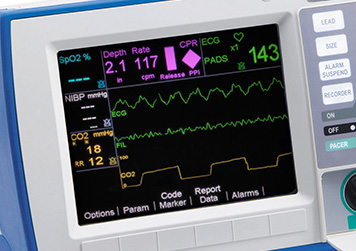
R Series End Tidal Carbon Dioxide Etco2 Zoll Medical

Philips Respironics Loflo End Tidal Co2 Kit Medys Medical Equipment And Accessories

China Handheld Etco2 End Tidal Co2 Monitor For Patient Monitoring Co2 Spo2 China Capnography Monitor Handle Patient Monitor

Nursing Skills For Doctors Setting Up The End Tidal Co2 Monitor Youtube
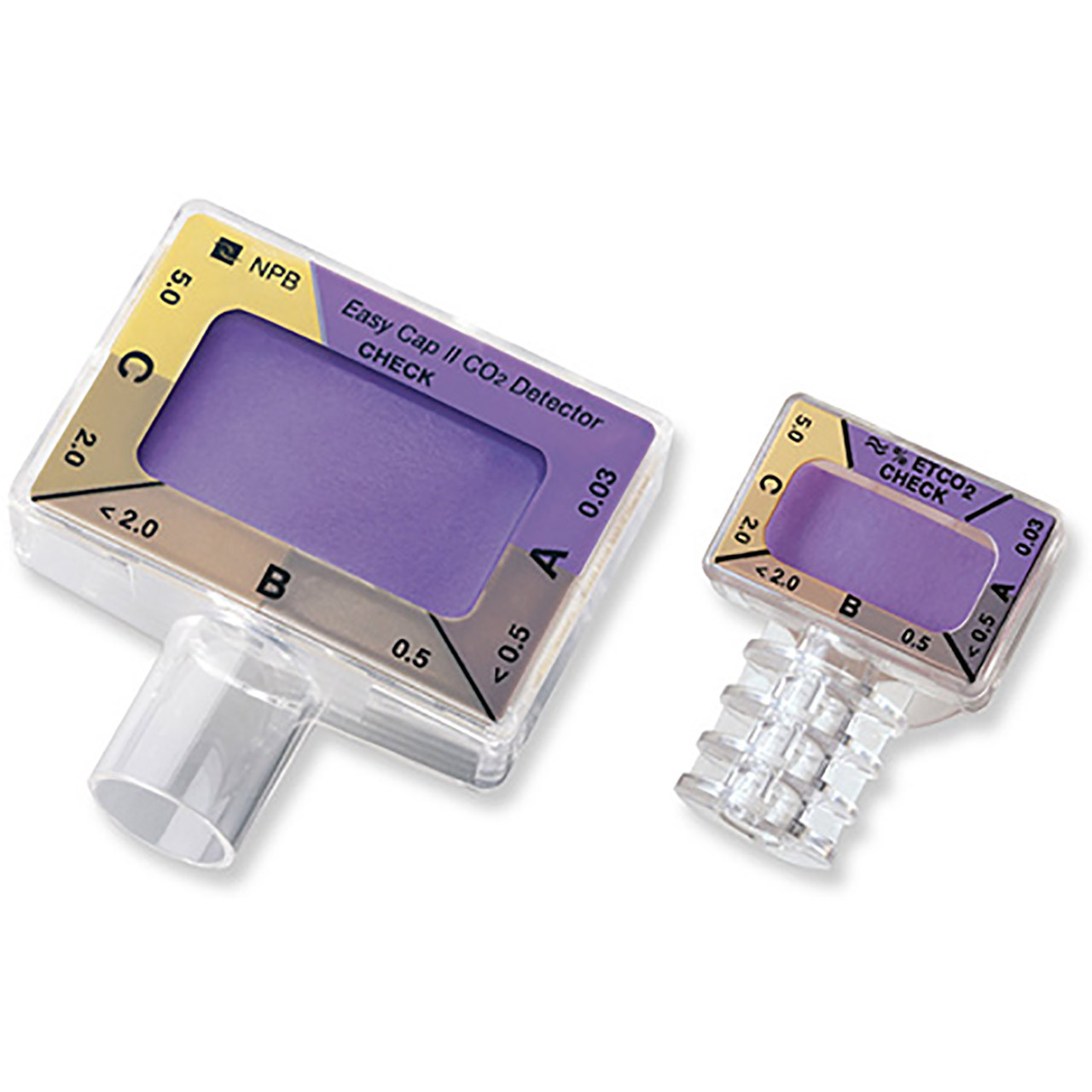
Easy Cap Ii End Tidal Co2 Detector Adult Or Pediatric

Pdf Applications Of End Tidal Carbon Dioxide Etco2 Monitoring In Emergency Department A Narrative Review Semantic Scholar

The Critical Role Of Capnography Paramedic School Airway Management Respiratory Care
End Tidal Co2 Device Infinium Medical
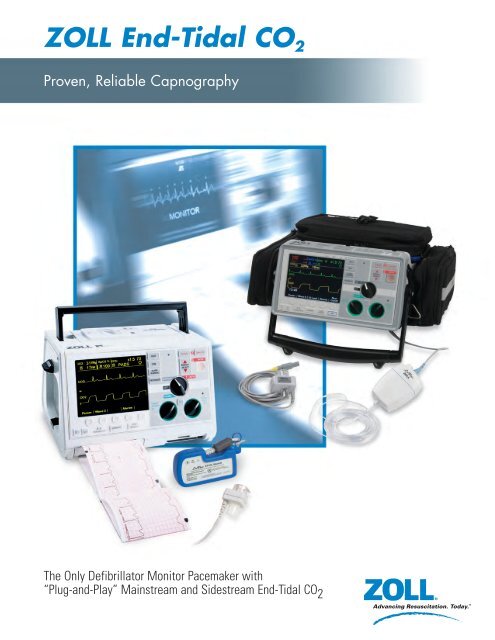
Zoll End Tidal Co2 Zoll Medical Corporation
End Tidal Co2 Monitor Etco2 Capnography

Handheld Etco2 End Tidal Co2 Monitor For Patient Monitoring Co2 Spo2 China Capnography Monitor Handle Patient Monitor Made In China Com
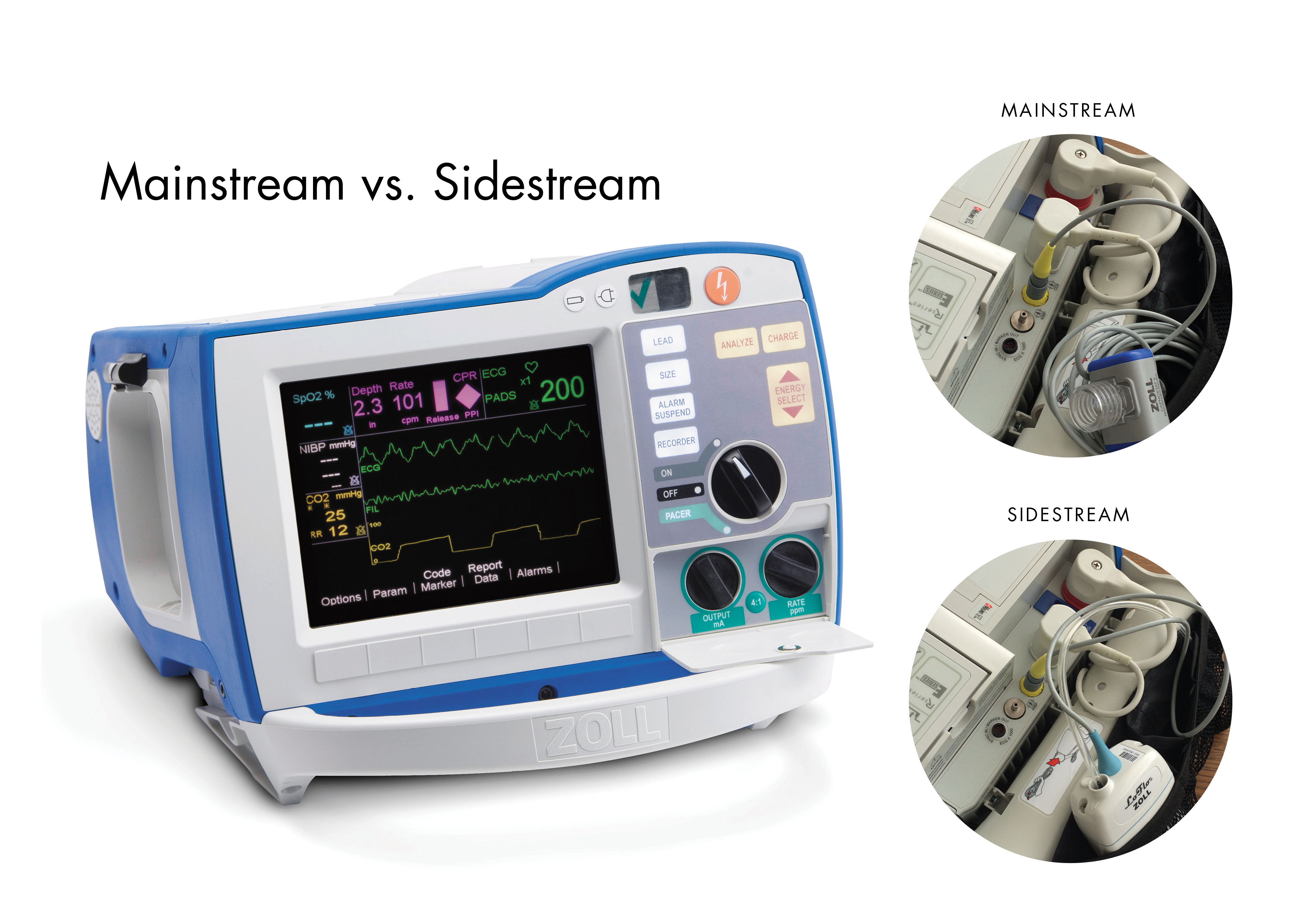
R Series End Tidal Carbon Dioxide Etco2 Zoll Medical

End Tidal Co2 Micro Capnograph

End Tidal Co2 Emergency Nursing Icu Nurse Critical Care Emergency Medical Technician
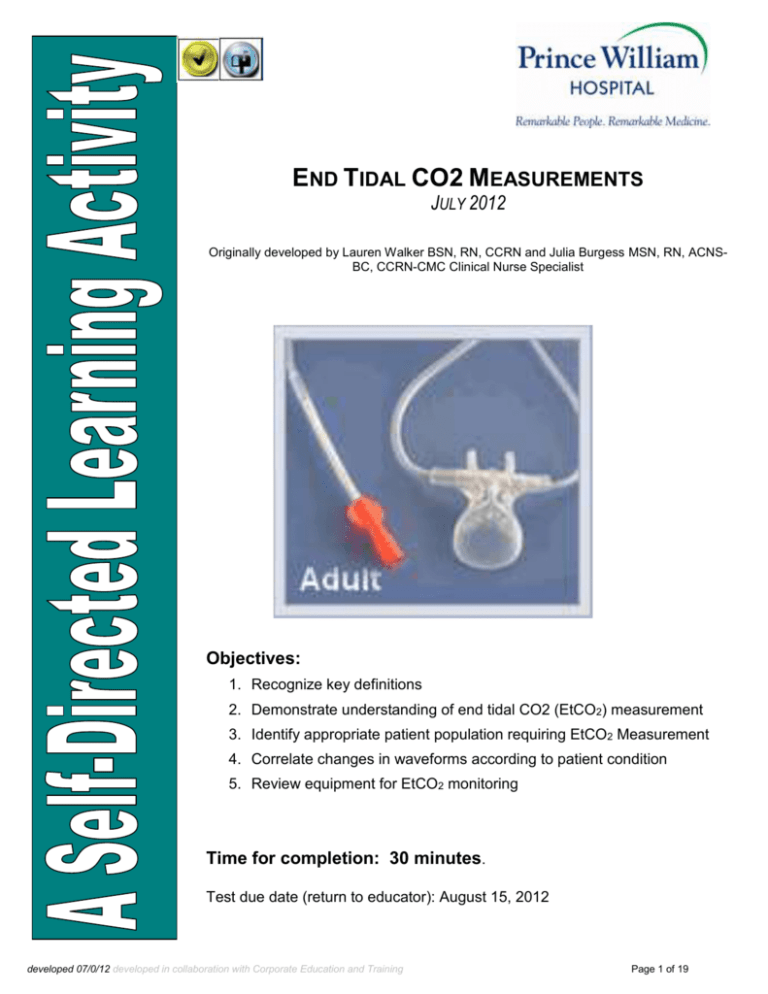
1 Which Patient Would Be A Good Candidate For Etco2 Monitoring

3 Waveform Capnography Showing Changes In The End Tidal Carbon Dioxide Download Scientific Diagram